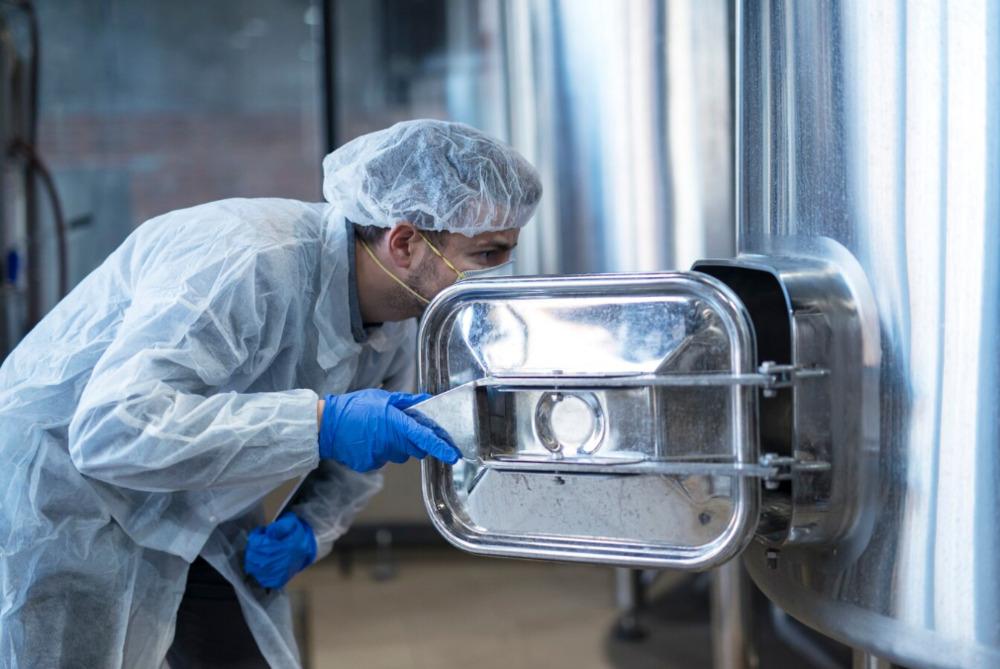As the global population continues to soar, reaching an estimated 9.7 billion by 2050, the demand for sustainable food sources has never been more pressing. ? With traditional livestock farming contributing significantly to greenhouse gas emissions, deforestation, and water scarcity, lab-grown meat emerges as a promising solution. But can this innovative technology truly address the looming food crisis? Let’s dive into the statistics, benefits, and challenges of lab-grown meat. ?

The Rise of Lab-Grown Meat
Lab-grown meat, also known as cultured or cell-based meat, is produced by culturing animal cells in a controlled environment. This method not only reduces the need for raising and slaughtering animals but also has the potential to minimize environmental impact. According to a report by the Good Food Institute, the global market for lab-grown meat is projected to reach $25 billion by 2030. ?
Key Statistics
- Greenhouse Gas Emissions: Traditional meat production accounts for approximately 14.5% of global greenhouse gas emissions. In contrast, lab-grown meat could reduce these emissions by up to 96%.
- Water Usage: Producing 1 kg of beef requires about 15,000 liters of water. Lab-grown meat could cut this requirement by 90%, using only 1,500 liters.
- Land Use: Livestock farming occupies about 30% of the Earth’s land surface. Lab-grown meat could potentially reduce land use by 99%.
Environmental Impact Comparison
| Factor | Traditional Meat | Lab-Grown Meat |
|---|---|---|
| Greenhouse Gas Emissions (kg CO2e/kg) | 7.2 | 0.3 |
| Water Usage (liters/kg) | 15,000 | 1,500 |
| Land Use (m²/kg) | 200 | 2 |
| Energy Consumption (MJ/kg) | 30 | 10 |
Health Benefits of Lab-Grown Meat
Lab-grown meat not only promises environmental benefits but also offers potential health advantages. Since it is produced in a sterile environment, it can be free from antibiotics and hormones commonly used in conventional meat production. Additionally, it can be engineered to contain healthier fats and nutrients, making it a more appealing option for health-conscious consumers. ?
Nutritional Comparison
| Nutrient | Traditional Meat (100g) | Lab-Grown Meat (100g) |
|---|---|---|
| Protein (g) | 26 | 25 |
| Saturated Fat (g) | 9 | 3 |
| Omega-3 (mg) | 50 | 100 |
| Iron (mg) | 2.7 | 3 |
Challenges Ahead
Despite its potential, lab-grown meat faces several challenges that could hinder its widespread adoption. One major hurdle is the high production cost. Currently, producing lab-grown meat can cost up to $10,000 per kg, although advancements in technology are expected to reduce this significantly in the coming years. Additionally, regulatory hurdles and consumer acceptance remain critical factors that will determine the future of this industry.
Consumer Acceptance
A survey conducted by the Food and Agriculture Organization (FAO) revealed that 60% of consumers are open to trying lab-grown meat, but only 30% would consider it a regular part of their diet. This indicates a need for education and awareness to help consumers understand the benefits of lab-grown meat.
The Future of Food
As we look to the future, lab-grown meat could play a pivotal role in addressing food security and sustainability. With the right investments in research and development, we could see a significant shift in how we produce and consume meat. Companies like Memphis Meats and Mosa Meat are already leading the charge, and their innovations could pave the way for a more sustainable food system. ?
Conclusion
In conclusion, lab-grown meat presents a viable solution to the food crisis, offering numerous environmental and health benefits. While challenges remain, the potential for this technology to revolutionize our food systems is immense. As consumers become more aware and supportive of sustainable practices, lab-grown meat could very well become a staple on our plates. For more information on the latest developments in lab-grown meat, check out resources from the Good Food Institute and FAO.
The future of food is here, and it’s time to embrace it! ?️



